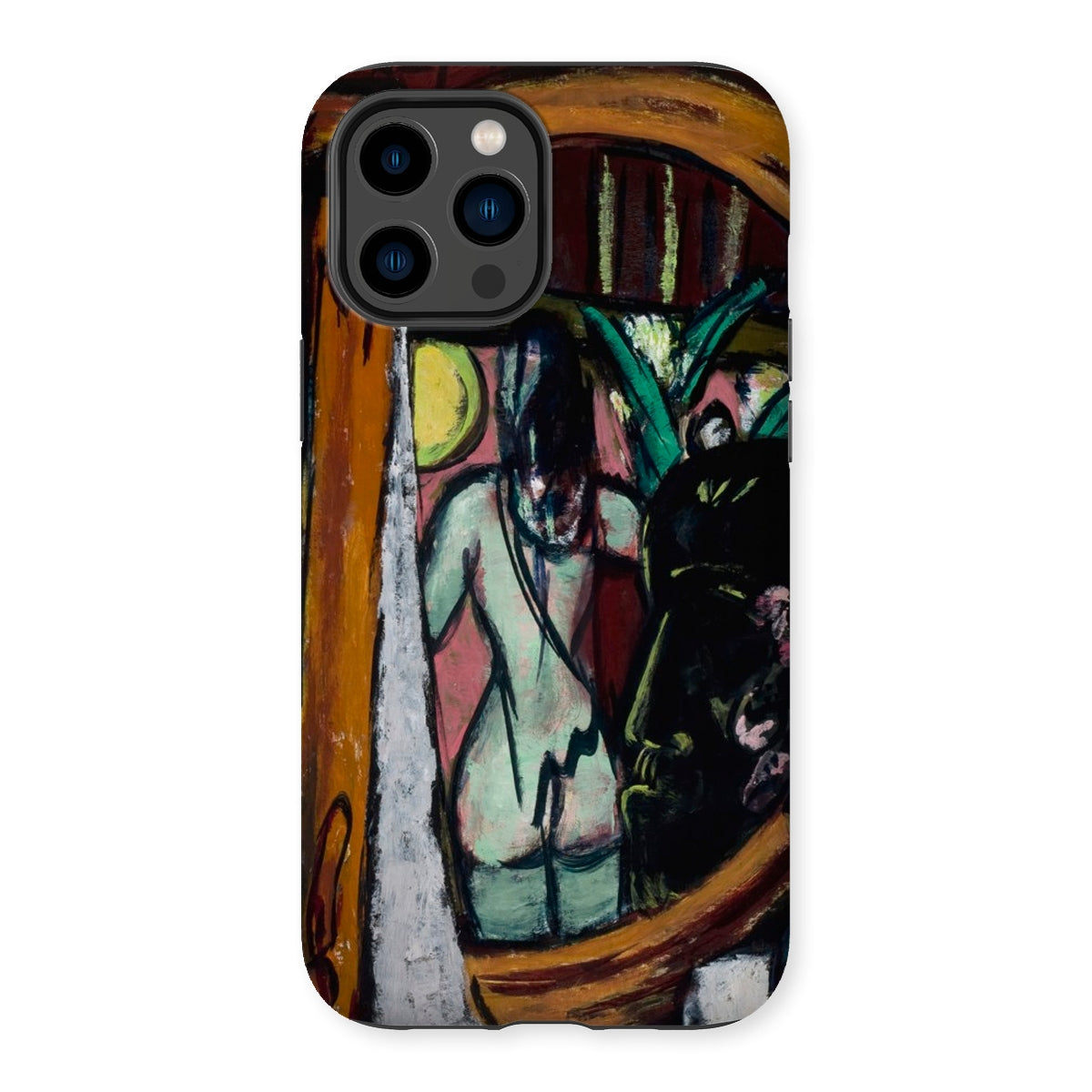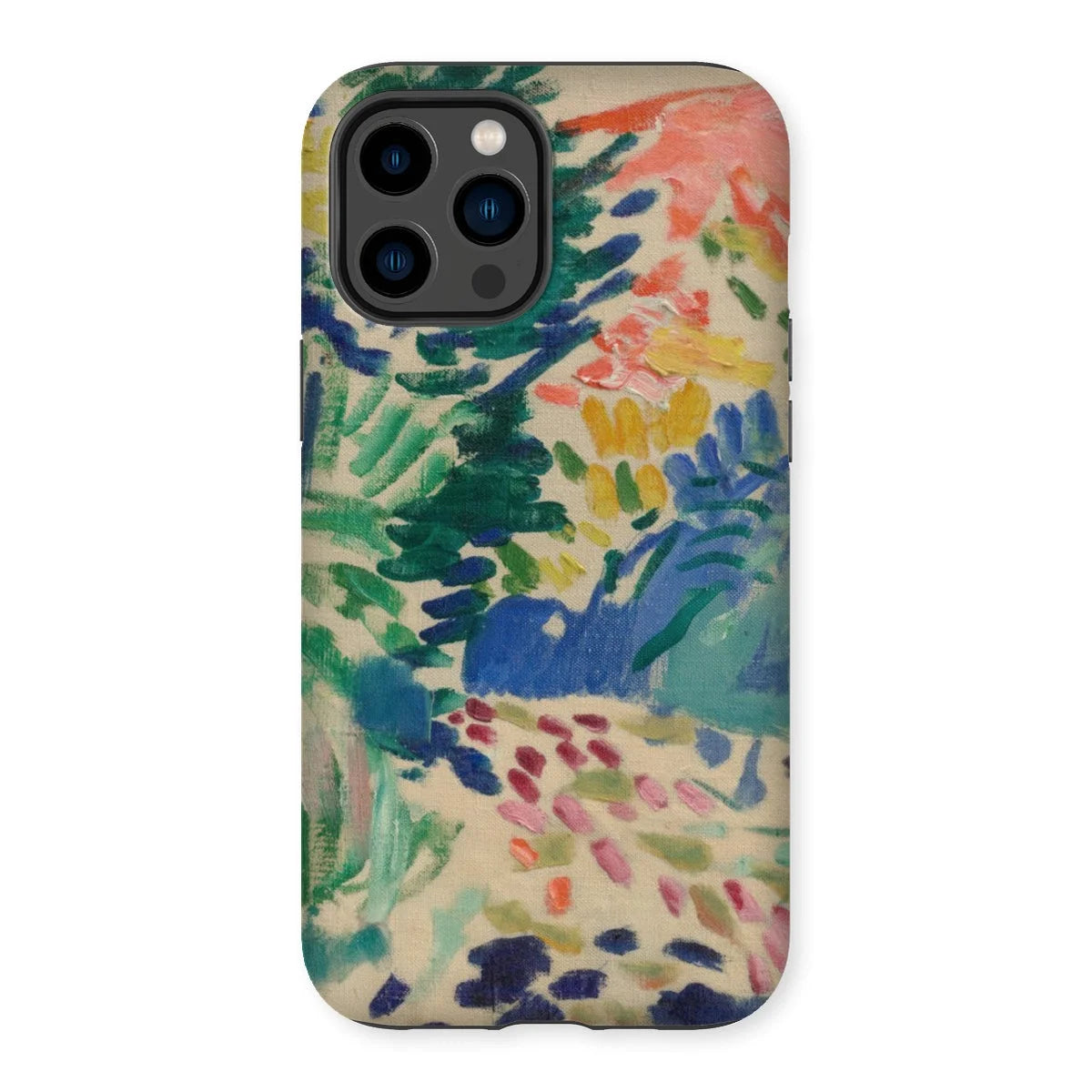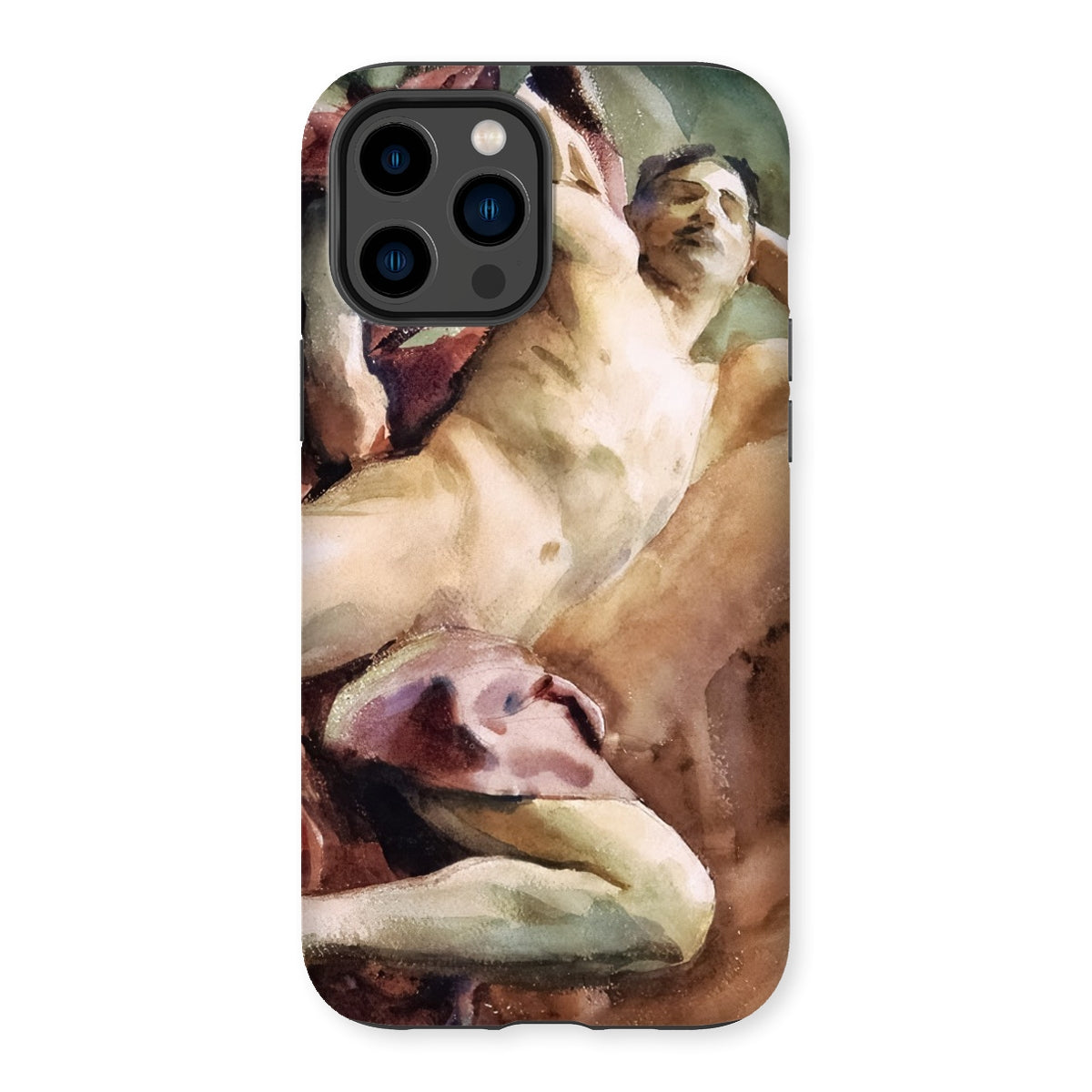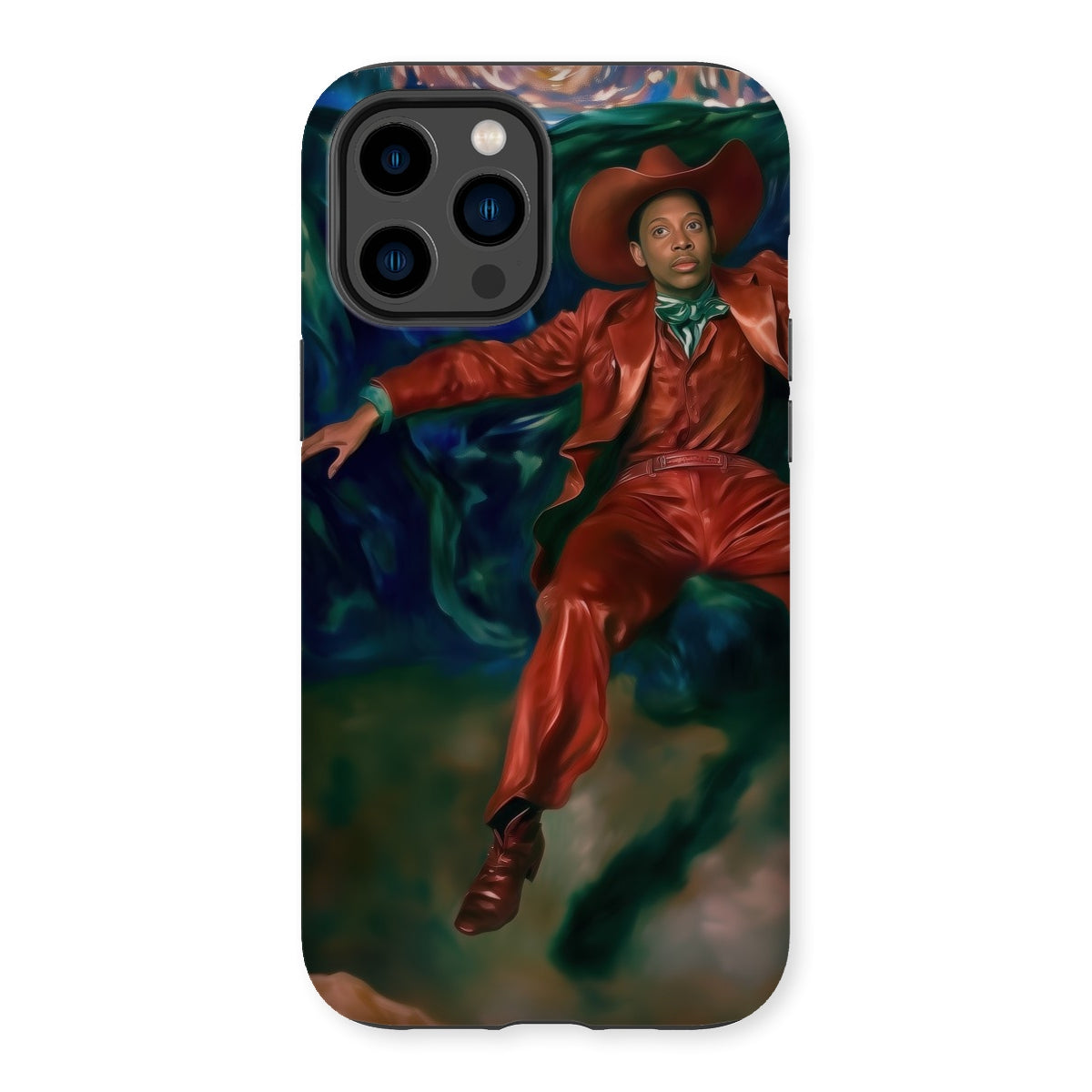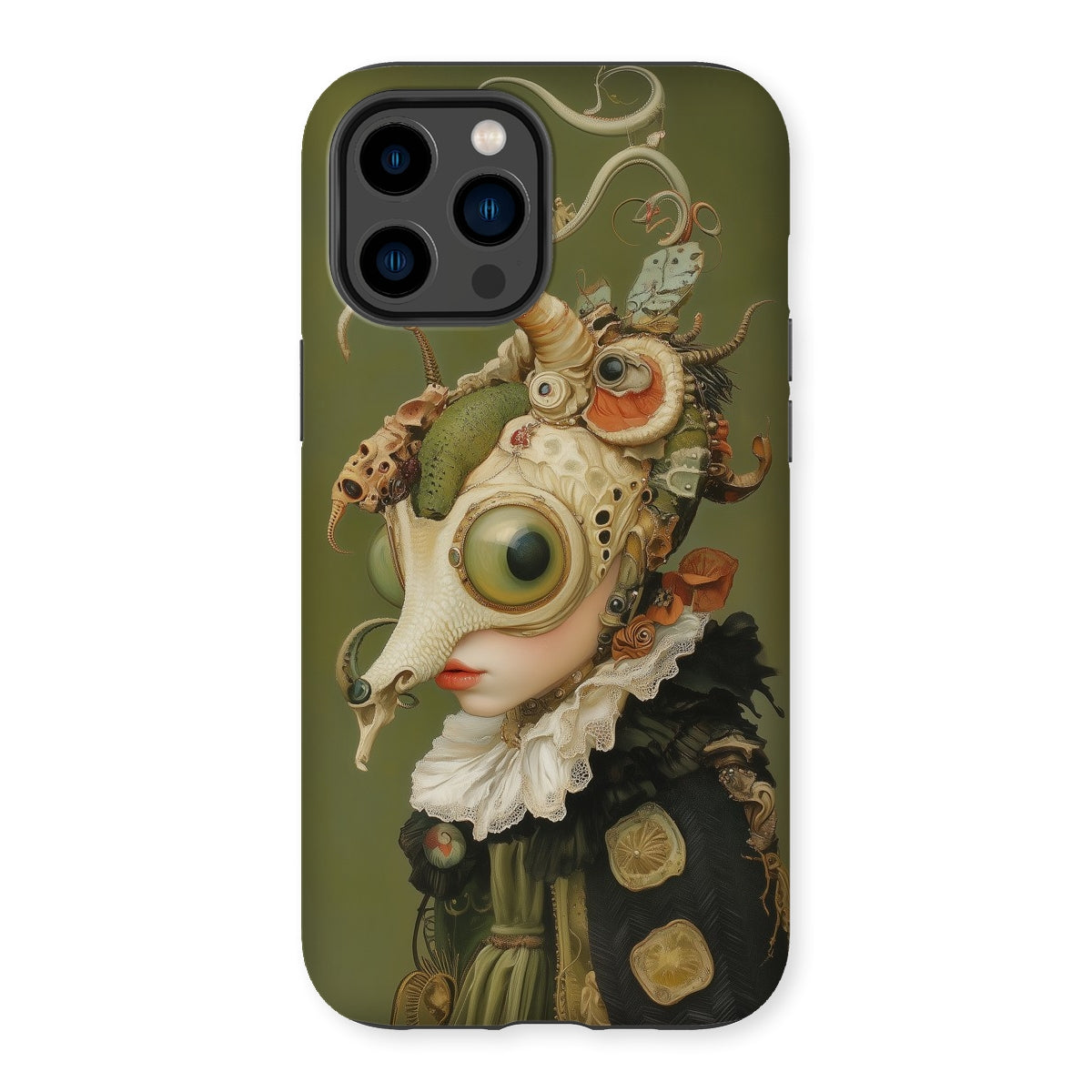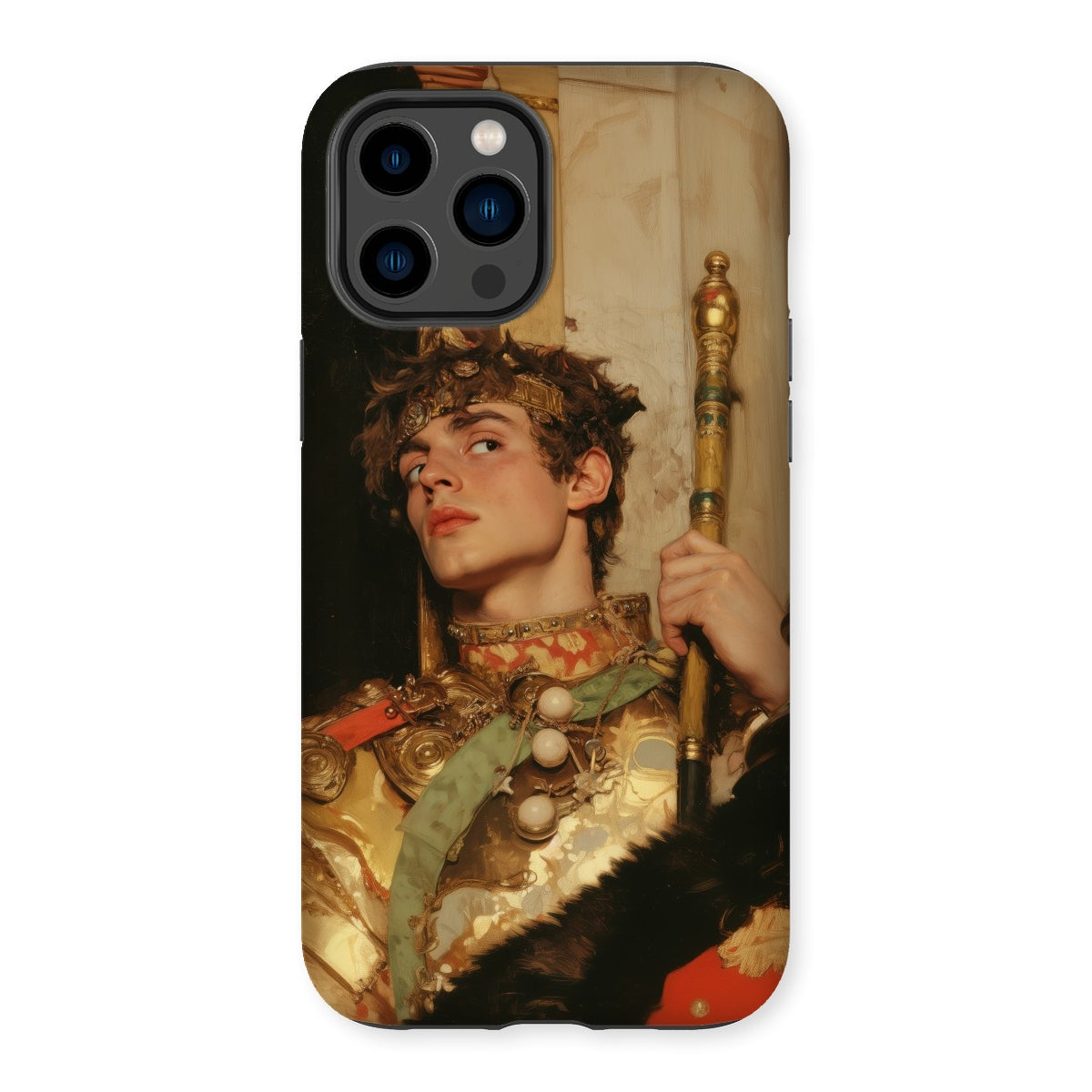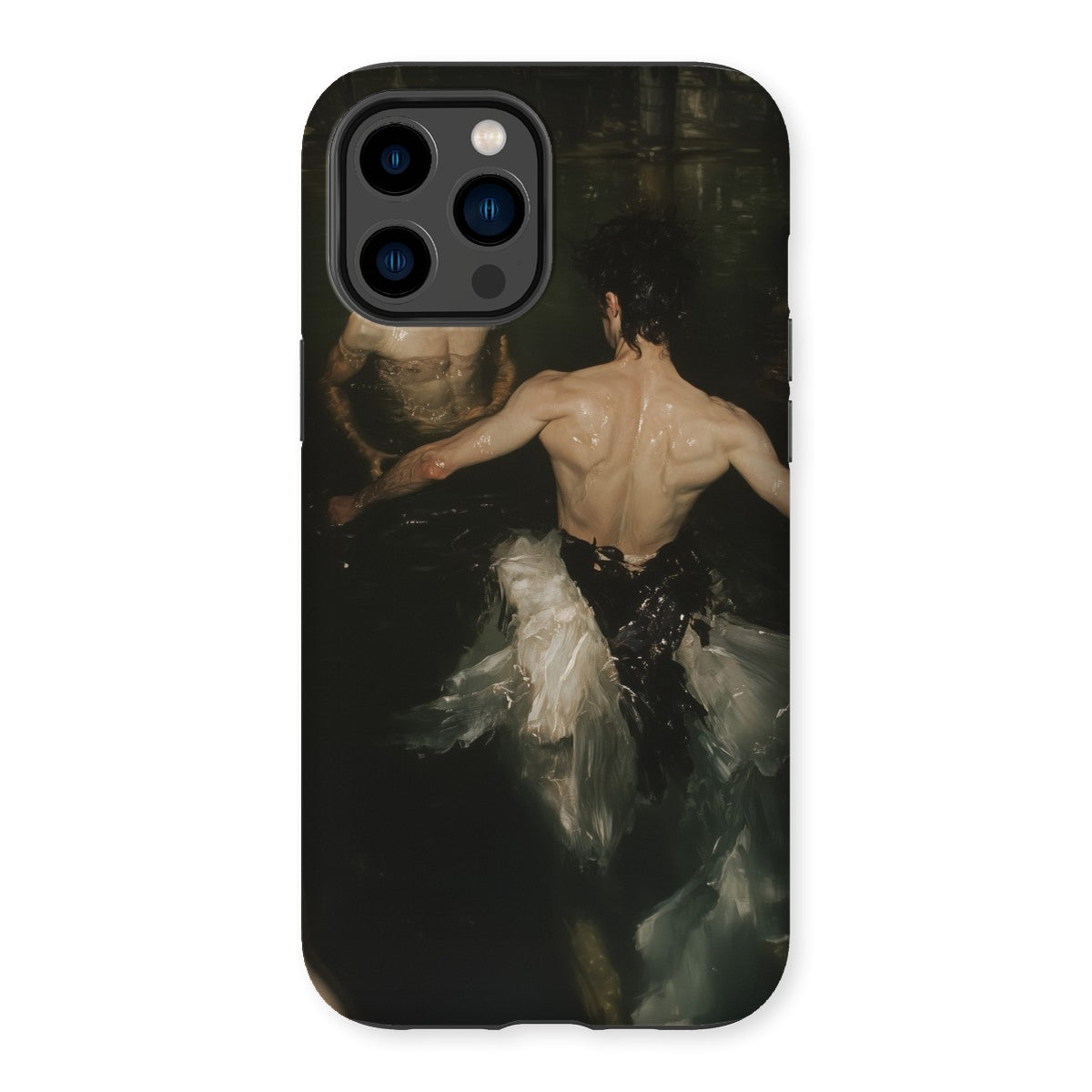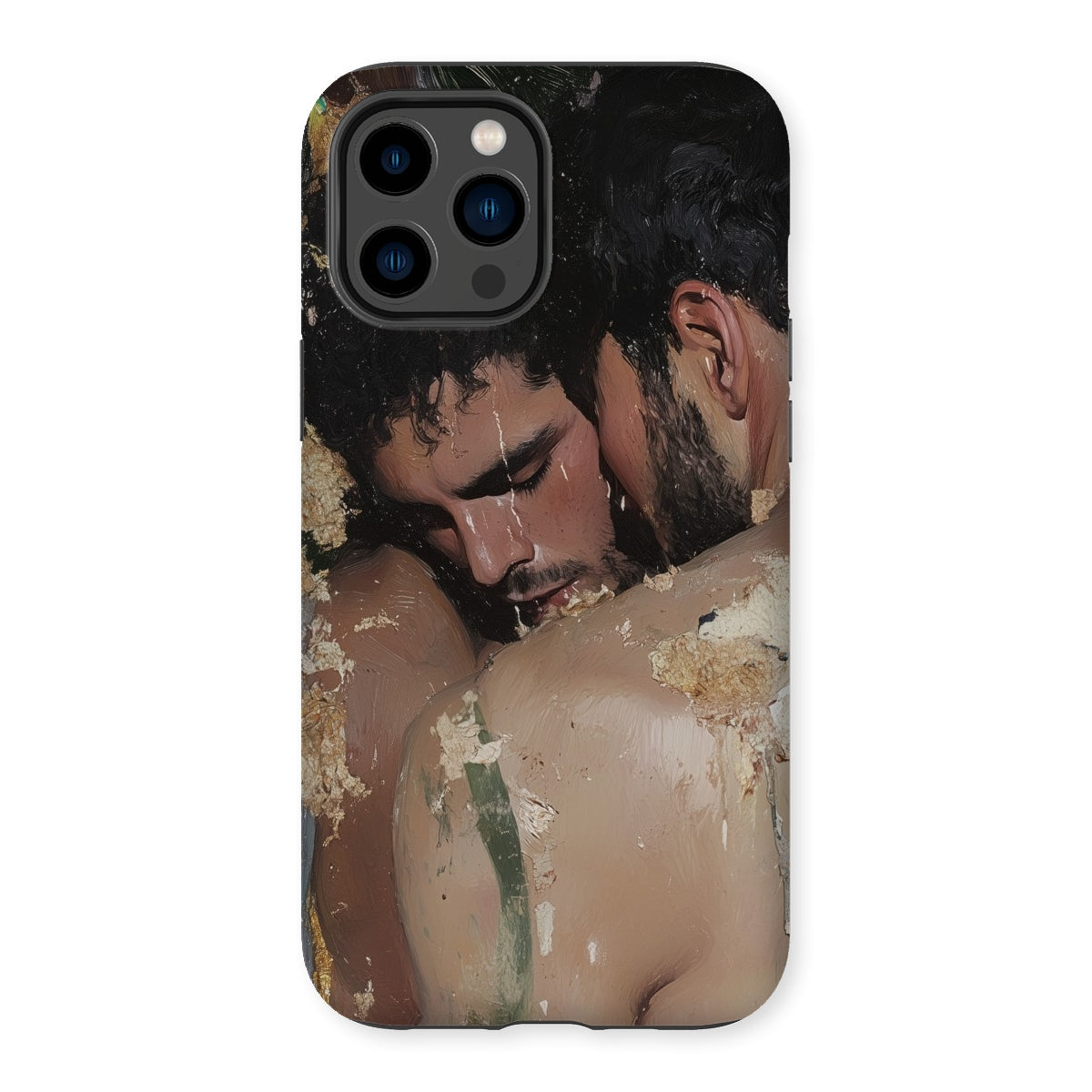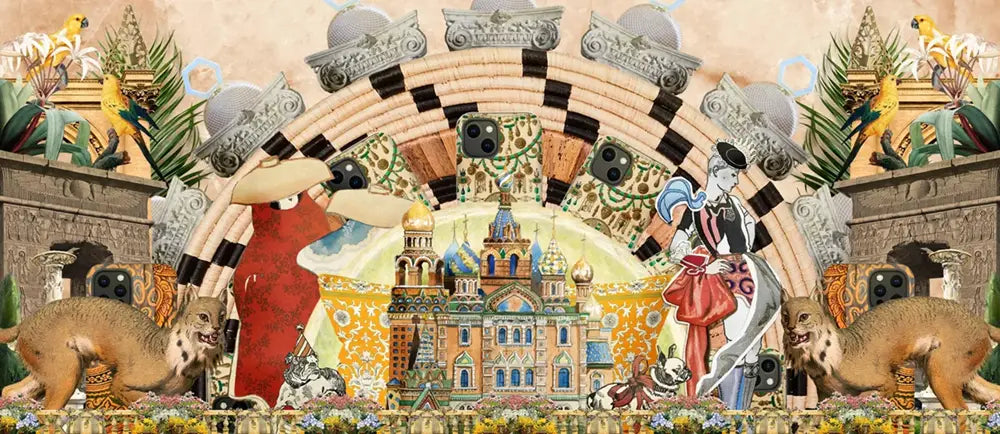Step into the world of our painting art iPhone cases, where your smartphone morphs into a pocket-sized Uffizi. These aren't just protective shells – they're time portals to artistic eras, letting you cradle Impressionist gardens or Abstract explosions in your palm.
Imagine checking your texts and getting lost in a Post-Impressionist scene instead. Each case is a conversation starter, a statement piece that declares your distinctive style while whispering sweet nothings to your inner art geek. They're tough too, ready to battle the urban jungle or survive a champagne spill at the gallery opening.
From Renaissance masterpieces that'll make your selfies look positively enlightened, to Modernist mind-benders that'll have your Instagram followers questioning reality... there's a painted masterpiece for every palette. It's not about keeping up with the Joneses; it's about keeping up with the Gauguins.
Why settle for a boring black case when you can flaunt a pocket-sized Louvre? Because let's face it, your phone's already glued to your hand – might as well make it a work of art.
FAQs
About this collection
Who started the art of painting?
What is the definition of a painting?
What are the 5 painting genres?
What are the major styles of painting?
What is a color palette in painting?
What are aesthetic qualities in painting?
Where can my order ship to?
Any treasure you find here can be shipped to:
North America
Canada, Mexico, Continental United States
South America
Argentina, Brazil
Europe
Albania, Andorra, Austria, Belgium, Bosnia & Herzegovina, Bulgaria, Croatia, Cyprus, Czechia, Denmark, Estonia, Faroe Islands, Finland, France, Germany, Gibraltar, Greece, Greenland, Guernsey, Hungary, Iceland, Ireland, Isle of Man, Italy, Jersey, Kosovo, Latvia, Liechtenstein, Lithuania, Luxembourg, Malta, Monaco, Montenegro, Netherlands, North Macedonia, Norway, Poland, Portugal, Romania, San Marino, Serbia, Slovakia, Slovenia, Spain, Sweden, Switzerland, United Kingdom, Vatican City
Middle East & Asia
Hong Kong, India, Indonesia, Israel, Japan, Lebanon, Malaysia, Philippines, Singapore, South Korea, Taiwan, Thailand, Türkiye, United Arab Emirates, Vietnam
Africa
South Africa
Oceania
Australia, New Zealand
—
Every order tracked so you can watch your treasure move from A to B to You.
Sent carbon neutral at no extra charge. Helping you gain peace of mind your money's being kind.
Orders to the rest of the world are coming as soon as I can!
How much will shipping cost?
Free shipping for orders over $50
$5-10 shipping for orders less than $50
When will my order arrive?
Average order processing:
1-4 days. Over 65% of orders get shipped in 72hr and over 90% in 5 business days or less.
+
Average shipping times:
USA: 2-5 days — Canada: 3-8 days — UK: 2-5 days — Europe: 3-6 days — Australia: 2-5 days — New Zealand: 3-8 days — Rest of the world: 2-4 weeks
Can I return my order?
1. You're welcome to open a return / exchange request within 30 days of your order's delivery. All items for return must be delivered back in their original condition, with their original packaging included.
2. No guarantees your return will be approved if you send items back to before the approval of your return request
3. No returns, refunds or exchanges on discounted or sale items
Learn more about my step-by-step returns process.

























